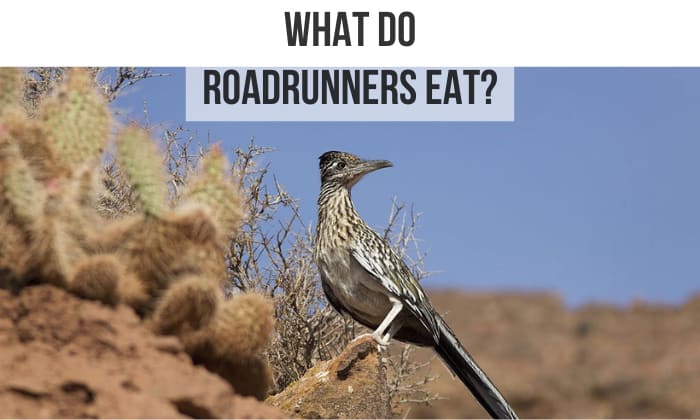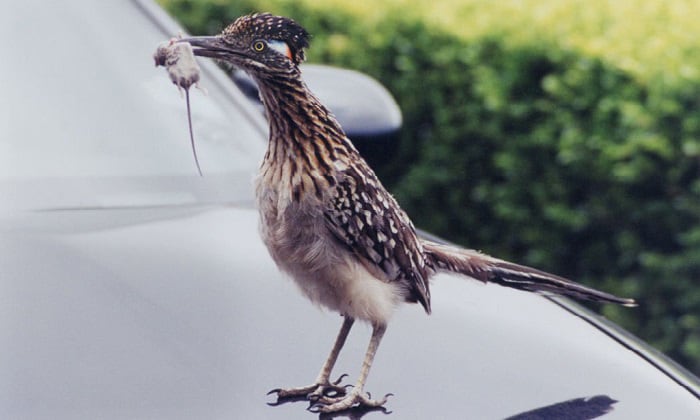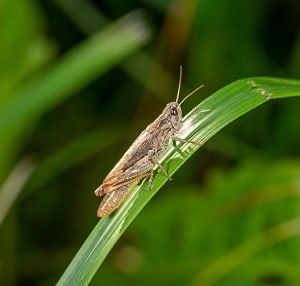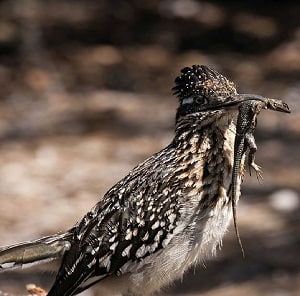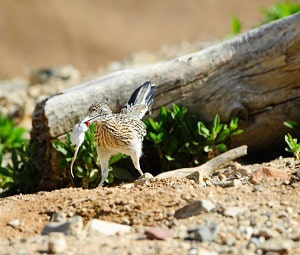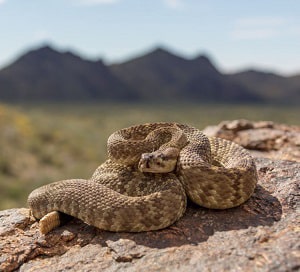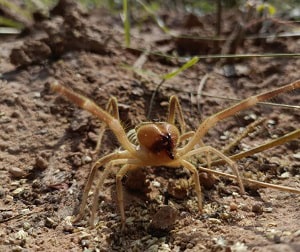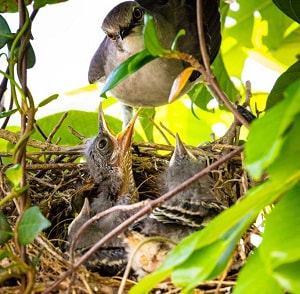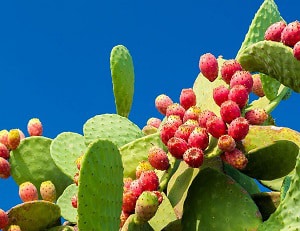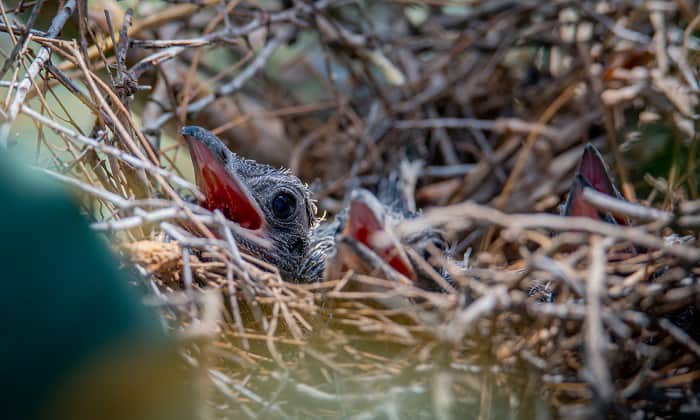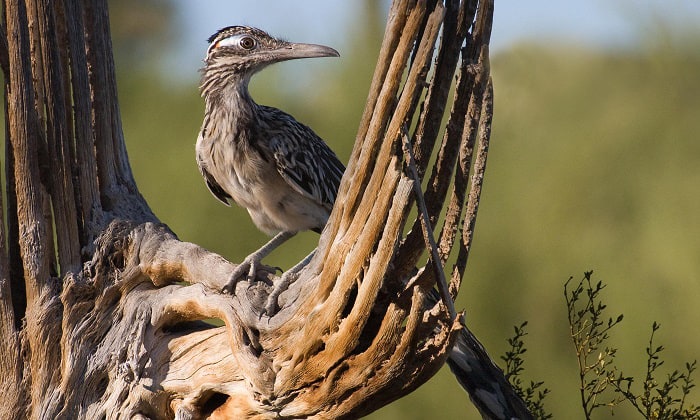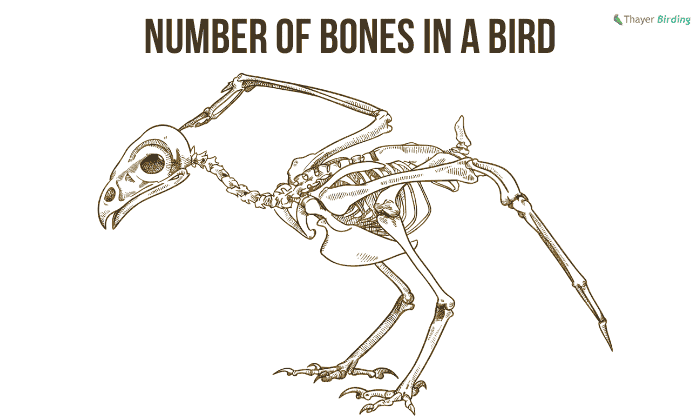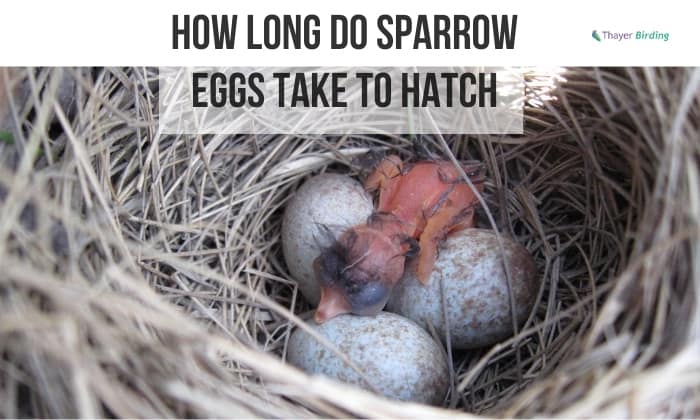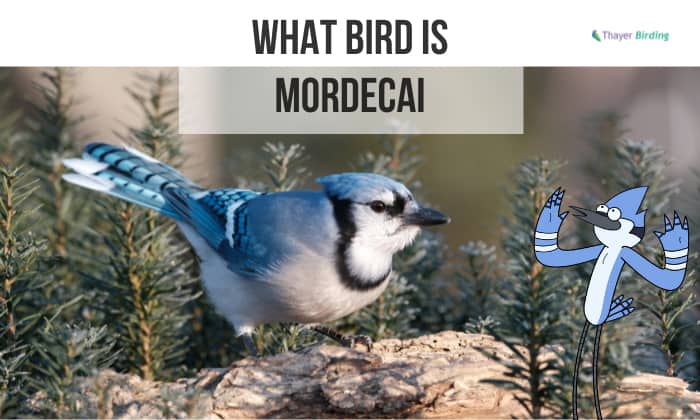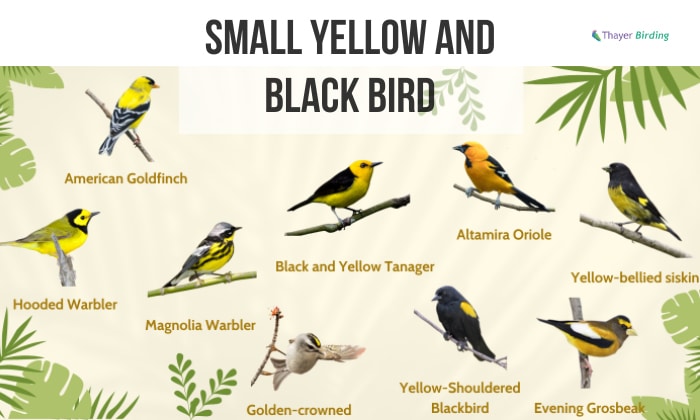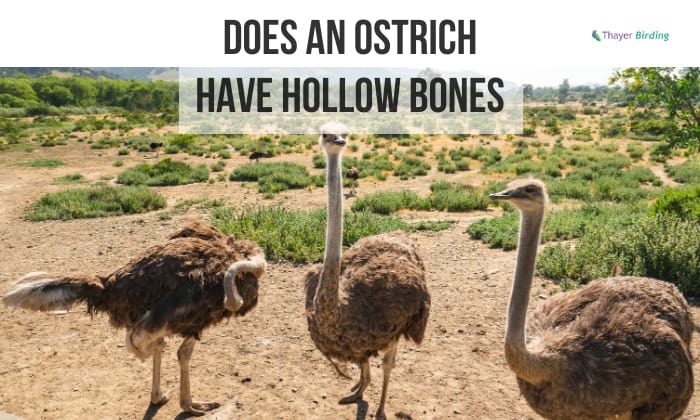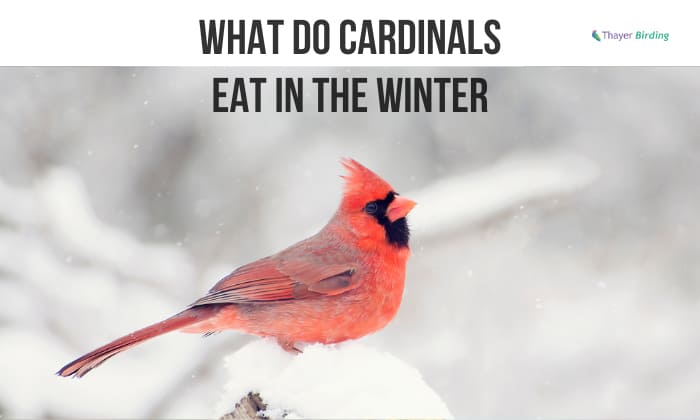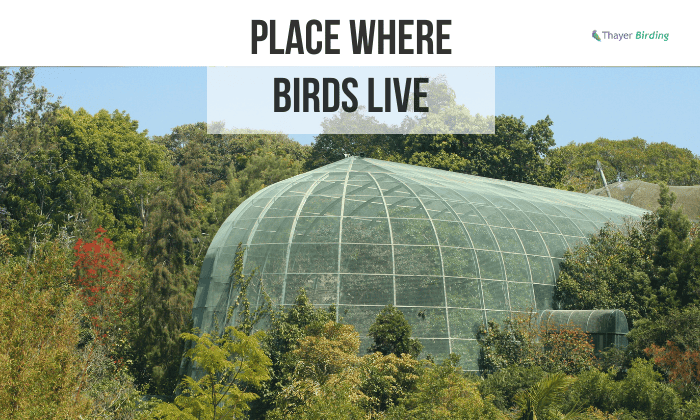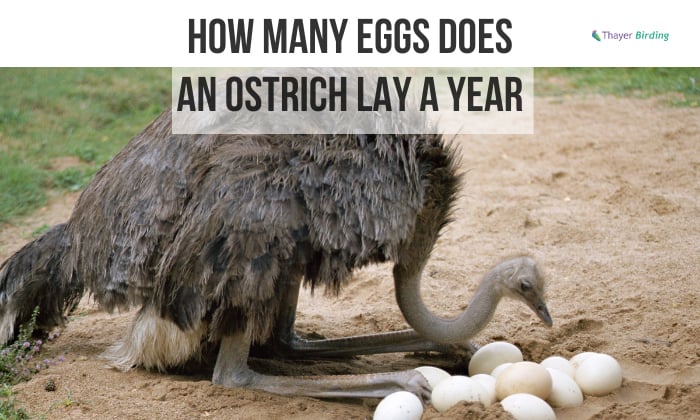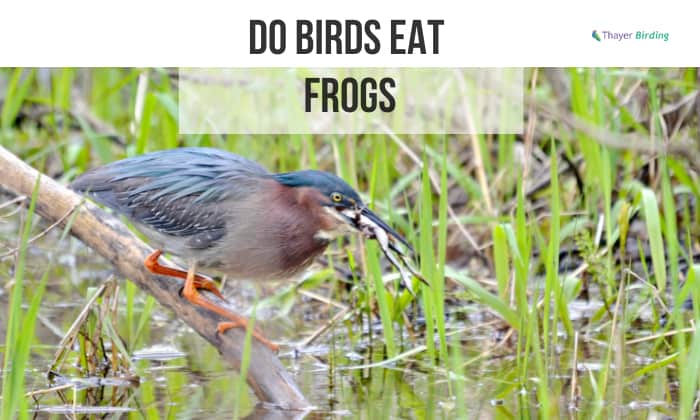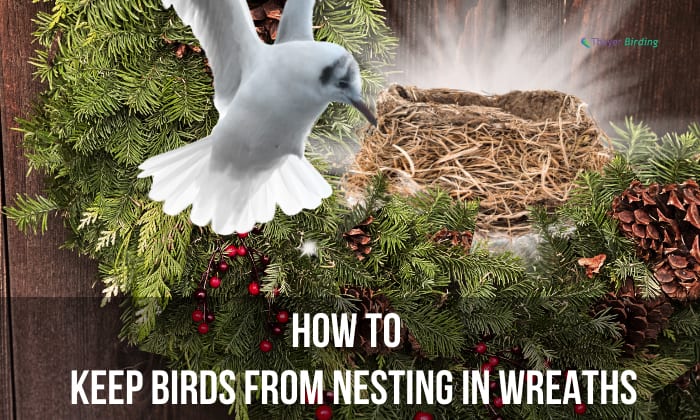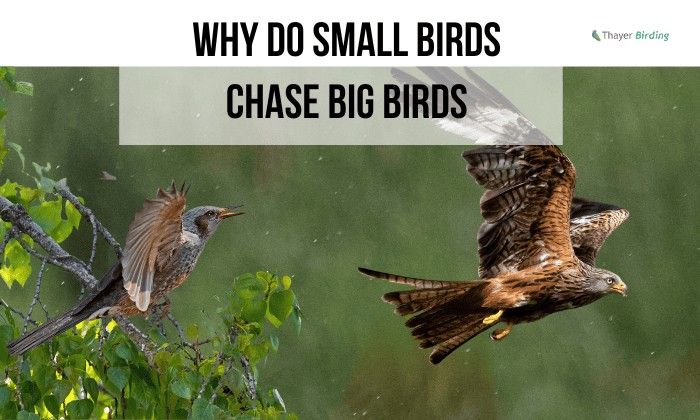Most people associate the roadrunner with the Looney Tunes cartoon character Road Runner and his arch-rival Wil E. Coyote. Roadrunners look different in reality and cannot outrun a coyote but they are a unique and interesting species of birds.
One area of interest is a roadrunner’s diet, but do you even know what roadrunners eat? They are omnivores: their diet consists of plants and animals, including insects and spiders. They also feed on mice, lizards, snakes, and small-sized birds.
Table of Contents
What Do Roadrunners Eat?
Roadrunners, also known as chaparral cocks are described by ornithologists as opportunistic omnivores. In the United States, the great roadrunner is practically a ubiquitous creature in the South Texas brushlands and the Chihuahuan Desert in Texas
Living in dry habitats influences the way they hunt and eat to survive. They eat mostly insects, reptiles, and small animals but roadrunners also eat cactus fruits, seeds, and other plants available to them.
Here is a list of what roadrunners like to eat:
1. Insects
Insects such as beetles, crickets, caterpillars, and grasshoppers are on the top list of food roadrunner birds eat. These invertebrates constitute the bulk of what these fast-running birds consume as a meal and are a vital part of their food chain.
A study was published in 2022 that focused on the diet of great roadrunners. The investigators examined more than 100 gizzards that they gathered during four different seasons. They found out that the majority of the foodstuff consumed by roadrunners were invertebrates, particularly beetles and grasshoppers.
2. Lizards
Roadrunners also like to eat small reptiles, such as lizards. They can chase after them at a speed of 15 miles/hour. They also like to offer lizard treats to their potential mates during courtship.
Some sources would say that their favorite is the collared lizard, but they are also known to eat horned lizards or whatever kind of lizard species comes their way!
3. Rodents
Mice and small rats are also part of the roadrunner’s diet. There are a lot of rodents in the desert such as kangaroo rats and desert woodrats and these are easy prey for this very quick bird.
4. Snakes
Roadrunners eat snakes not just the small ones but can even take on a rattlesnake. Even though the rattlesnake may be bigger than this bird, a combination of wit, pecking power, and quick movement can render it a mere bird meal. It’s amazing to know that a small bird like a roadrunner can kill a rattlesnake.
5. Arachnids (Spiders and scorpions)
Roadrunners eat scorpions and spiders such as the venomous tarantula as part of their diet. When they catch a scorpion, the roadrunner will crush it against a hard surface such as a rock to make it lifeless before devouring it.
6. Birds and their eggs
Roadrunner birds also eat smaller birds. They are not the best at flying, so they would jump in the air to catch a small bird such as a hummingbird. They also eat mockingbirds and other birds that are found in the desert. They are also known to invade nests and eat other birds’ eggs and even nestlings.
7. Fruits and seeds
Plants are also part of the roadrunner’s diet. What kind of fruits do they eat? They would eat what is available such as the prickly pear cactus fruits and fruits of the sumac plant, small shrubs of flowering plants that are commonly found in deserts and other temperate regions.
What Roadrunners Eat in Winter
In the winter, when there is a paucity of animal prey for the roadrunners, they would eat what is available to them since they are generalist omnivores. Roadrunners eat cactus fruits, seeds, and berries during winter.
What Baby Roadrunners Eat
Baby roadrunners eat what is being fed to them by their parents. When they are still nestlings, they are given small insects, or the parent roadrunner will first digest the food and then feed the mixture to its babies.
In a matter of weeks, after hatching, they can be fed live animal prey, and after three weeks they are capable of hunting food with their parents.
Frequently Asked Questions
What do roadrunners not like to eat?
Roadrunners will eat almost anything. They are opportunistic omnivores which means they will devour anything they find when they are starving. They are the only species known to eat the tarantula hawk wasp, talk about an opportunistic eater! They even eat dead animals or carrion.
Do roadrunners eat other birds?
Yes, as discussed in the above section, roadrunners eat other birds and even feed on eggs. They are also known to eat the young ones of other bird species, such as quails, hummingbirds, and sparrows. They eat birds that are smaller and slower than them.
How do roadrunners hunt?
The Roadrunner is a ground forager, it usually hides under cover before chasing after its target. When they sense movement or when a target is near, they will immediately pounce on it swiftly.
If it runs away, a roadrunner will chase them down at a speed of about 20 miles per hour, attack it with their pointy peaks and swallow them whole.
Their flying ability is not very well-developed. They can fly but for a limited or short distance only. When catching flying insects, birds, and bats, they would jump in the air and catch them with their beaks.
Do roadrunners attack humans?
Roadrunners can be aggressive in catching their prey but they are not known to harm humans. Just be careful when approaching them because they could act defensively.
What do roadrunners look like?
The roadrunner is a large but lean bird of the genus Geococcyx with a distinctive crest and long purple and green tail feathers. They belong to the family of cuckoos (Cuculidae).
The feathers of the roadrunner are speckled with black-brown and white streaks. They have long legs and X-shaped footprints because of their unique zygodactyl feet.
What are the two species of roadrunners, and where are they found?
The greater roadrunner (Geococcyx californianus) and lesser roadrunner (Geococcyx velox) are the only two subspecies of this genus. Both are residents of the desert.
The former can be found commonly living in the desert and bushlands of Mexico and southern parts of the United States, while the latter is also found in parts of Mexico and Central America. Great roadrunners are mostly found in desert areas. Still, some are living in habitations such as swamps, pine forests, and grasslands.
How do roadrunners conserve water in the desert?
Their body is well adapted to the dry climate because they have a built-in mechanism that allows them to conserve water — a nasal gland found in the periorbital area of each eye that allows the excretion of extra salt in the body.
Conclusion
After reading this article you now know more about this speedy bird of the cuckoo family. A lot of roadrunner facts and information have been discussed in this short article.
We hope that you learned something, especially about what do roadrunners eat. If you liked this article, share the link with your fellow bird lovers so they can learn a thing or two about this bird, the amazing roadrunner.

George and I became friends after a birdwatching trip with our new group. And we have been enjoying every adventure together. When he told me the idea of establishing a site that shares our experiences and fun, I immediately agreed. After trials and errors, here we have Thayerbirding.


